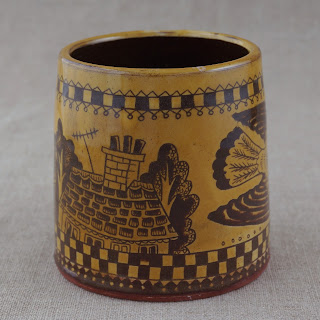
While working today at The Bothy heard a programme about Fly Agaric Mushrooms on Radio four. It was an interesting programme and it reminded me of a blog that I had originally written in 2012. ...Its getting closer to Christmas so I thought I'd send it out again. If you like my blog then listen in to the radio four programme to find out more.
I recently came across this seasonal story. A lot of the Father Christmas stories, flying reindeer, red suit, coming down chimneys etc appear to come from the Koryaks or Kamchadales of Siberia, near the North Pole. A Koryak shaman would use hallucinogenic mushrooms, fly agaric on the night of the winter soltice. He used his 'spiritual ' journey to fly to the tree of life, a large pine tree which lived by the north star. There he would try to answer the villages problems.

The shaman would dress in an outfit of red with white spots or trim and would go out in the snow with a sack to collect the dried mushrooms. If his gur (yurt as we call them) was blocked by snow he would climb to the top and slide down the central pole through the chimney hole. He would give his guests that were gathered in the yurt mushrooms . Did you know that the traditional symbol for victorian chimney sweeps was a fly agaric mushroom.
The fly agaric also gave the shaman a burst of superhuman strength.....so maybe the reindeer would prance around much higher than normal. Perhaps the reindeer and the shaman all thought they were flying !

It was probably the druids who originally brought the story to England. The English settlers took it to the New World with the influence of the Turkish St. Nicholas from the Dutch colonialists.
The early Santa wore red but was small and elf like. It was in the 1930s that the artist Haddon Sundblom created the Father Christmas that we know and love for the Coca cola campaigns.
Merry Christmas !





































